Deciphering AI's Essence to Comprehend Liu Qingfeng's Critique of Musk's AI Understanding
![]() 08/27 2025
08/27 2025
![]() 666
666
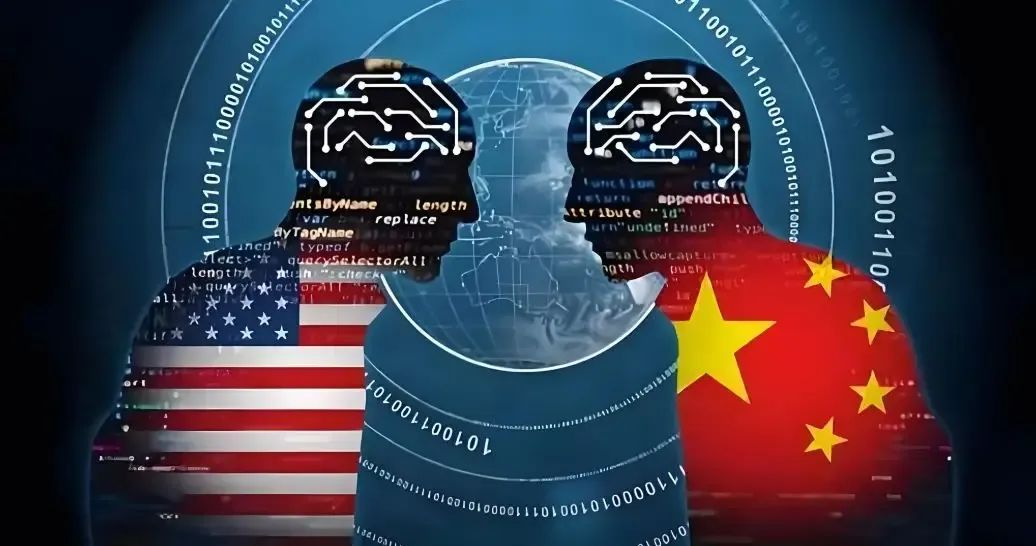
As the global AI competition intensifies, becoming a pivotal arena for technological rivalry among major powers, Liu Qingfeng's assertion that Elon Musk doesn't understand AI raises eyebrows. Could this be a critical flaw in a business genius?
Author | Yang Ming
Editor | Liu Shanshan
"Musk doesn't actually understand artificial intelligence. I don't think he really gets it."
In June of this year, Liu Qingfeng, Chairman of iFLYTEK, made this remark during a dialogue with Chen Wei, Chief Editor of Zhenghedao. When taken out of context, it sparked heated debate online.
Initially, many would indeed be surprised. Elon Musk, hailed as the "real-life Iron Man," has revolutionized multiple technology industries with AI at the forefront, from electric vehicles to reusable rockets, Starlink to brain-computer interfaces. How could he not understand AI?
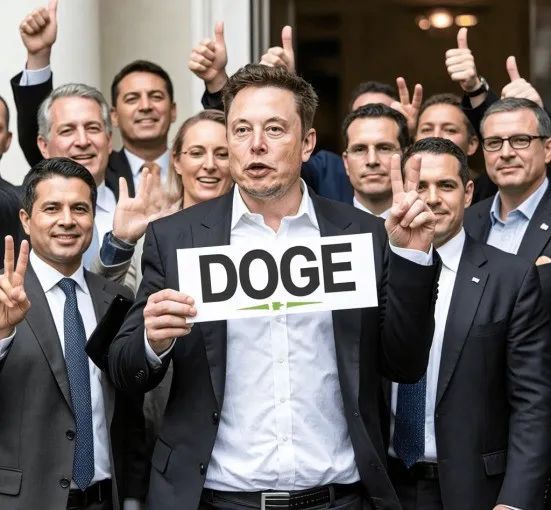
Upon revisiting the underlying logic of global AI competition, coupled with recent significant adjustments to China-U.S. AI policies, iFLYTEK's 2025 first-half performance, and events like Musk's falling out with Trump, Liu Qingfeng's judgment becomes clearer:
His statement is not an attention-seeking exaggeration but a poignant critique of a critical omission in Musk's AI development model – Musk understands technology and business but may lack a deep grasp of AI's profound connection to national strategy. As Henry Kissinger writes in "The Age of AI": The more powerful technology becomes, the more it needs to be embedded within a sustainable political and moral framework.
Commonly, AI is seen as a matter of technological breakthroughs and commercial applications. However, global AI competition has long evolved, dominated by national strategies, becoming a core battleground for technological rivalry among major powers. Musk's apparent political naivety and disregard for national strategy amidst technological fervor expose his limitations in macro perspectives.
01 AI is no longer a game of "technology supremacy"
2025 marks a turning point in global AI competition.
In July, China and the United States almost simultaneously unveiled significant AI strategies. China released the "Global Governance Action Plan for Artificial Intelligence," outlining a systematic design and forward-looking approach to global AI governance through 13 specific measures. The United States, on the other hand, launched the "Winning the AI Race: America's AI Action Plan," aiming to reinforce its leading position in global AI.
Macroscopically, there are notable differences between the two countries' AI policies. The United States explicitly labels China as the "primary strategic competitor" in the "AI century race," focusing on technology protection and blockade. China, in contrast, emphasizes win-win fairness, autonomy and controllability, openness, and cooperation.
This reaffirms that AI competition has transcended corporate market behavior, rising to the level of national strategic confrontation. According to the eighth edition of Stanford University's "AI Index Report 2025," the number of countries mentioning AI legislation has increased by 21.3% globally since 2023, a ninefold increase from 2016. Additionally, significant AI investments have been initiated in the United States, Canada, France, India, Saudi Arabia, and China.
This reveals a stark reality: for all technology enterprises, national strategies and policy orientations are now the core background for decision-making.
In fact, they are not only influenced by policies but are being actively shaped by them.
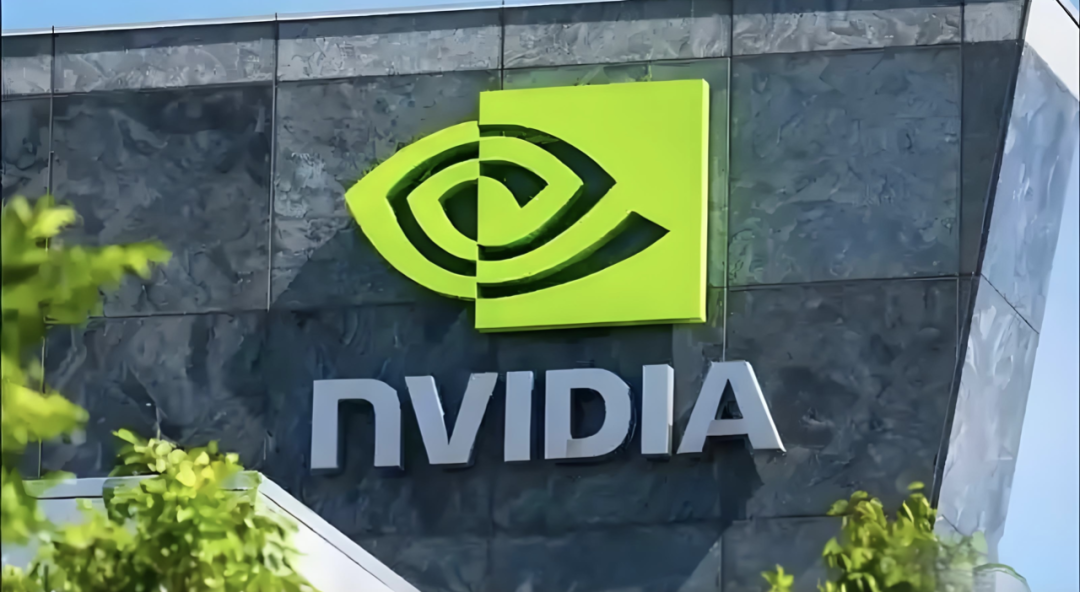
In the United States, while companies like NVIDIA, OpenAI, Google, Microsoft, and AMD dominate technological directions, the U.S. government directly influences decisions through procurement and regulation. NVIDIA, for example, was unilaterally targeted by the U.S. government, effectively blocking exports of high-performance AI chips to China. Under Trump's latest requirements, NVIDIA and AMD must pay a 15% "toll" to the U.S. government for selling AI chips to China.
In China, due to NVIDIA's controversial "backdoor issue" and the necessity of localization, the Ministry of Industry and Information Technology recently required Alibaba and Tencent to explain their continued procurement of NVIDIA H2, reflecting a high level of concern for supply chain autonomy and security.
Against this backdrop, Musk seems preoccupied, entangled in American politics. He initially fully supported Trump but then fiercely opposed his policies, even threatening to establish a third political party. This shift has not only strained their relationship but also garnered Musk numerous enemies.
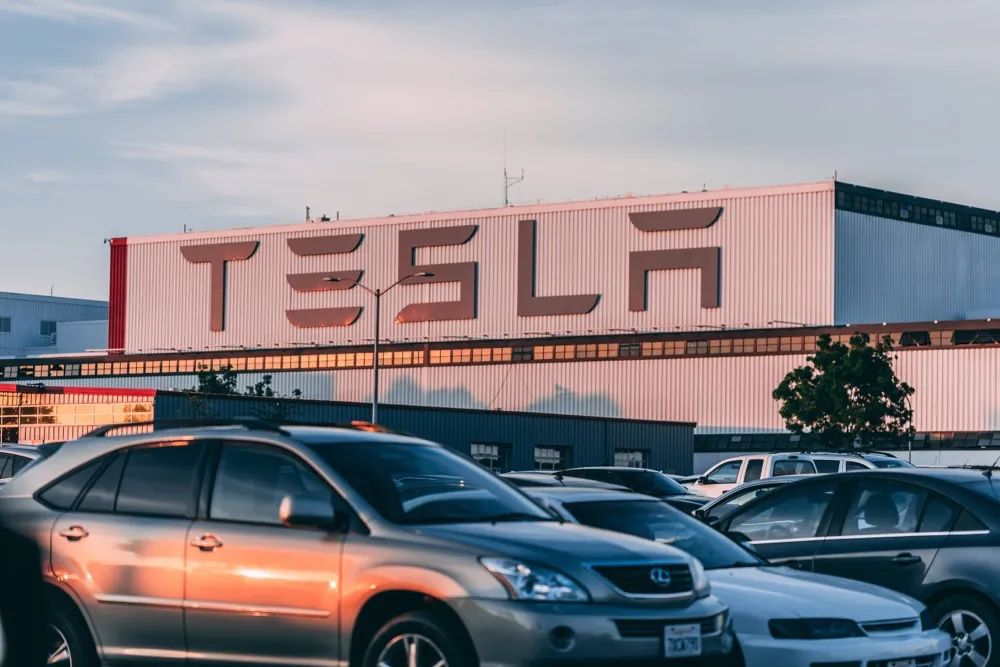
This political inconsistency and naivety is substantially impacting Musk's business empire. Tesla's sales plummeted, and its market value eroded by $570 billion overnight; SpaceX's Starlink is under scrutiny, and procurement orders may be suspended. This also includes xAI, focusing on the AI field, whose funding prospects are now uncertain – the capital market is becoming wary of "Musk risk," and his political volatility could heavily cost investors.
02 China's AI strategic choice: resonating with national needs
Objectively, facing a new round of global productivity revolution, the AI industries of China and the United States exhibit distinct development paths.
"True giants don't confront trends but advance with the nation." After the initial explosion of large models, Chinese AI enterprises have comprehensively shifted to the strategic stage of "application is king" – emphasizing embedding technological achievements into specific scenarios, realizing large-scale industrial applications, and constructing sustainable business closed loops.

This differentiated path is both constrained by the reality of being "choked" in key areas such as chip computing power and stems from the demand logic of the national AI strategy. In July this year, the "Opinions on Deeply Implementing the 'AI+' Action" (hereinafter referred to as the "Opinions") emphasized the need to deeply implement the "AI+" action, becoming a productivity engine that can penetrate into various industries.
Increasingly, Chinese AI enterprises are accelerating their deep dive into vertical fields such as government affairs, education, finance, healthcare, and industry, striving to create AI solutions that "understand Chinese business better," serving the country's diversified strategic needs while building their own moats and forming a "flywheel effect" for performance growth.
Within this path, iFLYTEK, regarded as the "national team of the AI industry," stands out as a typical representative. Its 2025 first-half financial report shows that the company's revenue surpassed 10 billion yuan for the first time, with a year-on-year increase of over 17%. Although net profit has not yet turned positive, it has narrowed significantly, and operating cash flow has continued to improve, indicating a critical transition from scale expansion to value realization.
Among them, AI+education business revenue increased by 23%, and AI healthcare business increased by 21%, with gross profit up 25% year-on-year. Behind these figures lies a typical path for Chinese AI enterprises deeply integrating into national strategies.
AI education is one of the two core areas that the country currently values highly. The "101 Plan" launched by the Ministry of Education clearly states that "the professional structure should be tilted towards directions urgently needed by the country." The message is straightforward – AI is not an elective but a rigid demand.
iFLYTEK deeply integrates AI technology into teaching processes, examination evaluation, and classroom reforms. Its products have covered 32 provincial administrative regions, over 50,000 schools, and served 130 million teachers and students nationwide. It not only enhances education efficiency through technology but also systematically participates in the implementation and optimization of educational policies, realizing bidirectional empowerment between technology and systems.
AI healthcare is the core engine of "Healthy China." The state and relevant authorities have formulated a series of support, guidance, and regulatory policies. The "Opinions" clearly promote the application of AI big data models in medical scenarios and drive the coverage of AI healthcare in primary healthcare fields.
Based on the Spark large model, iFLYTEK constructs a business matrix serving governments, hospitals, and consumers. Its AI-assisted diagnosis system has entered nearly 700 districts and counties and over 75,000 medical institutions nationwide, providing over 1 billion auxiliary diagnoses, significantly contributing to the balanced allocation of medical resources.
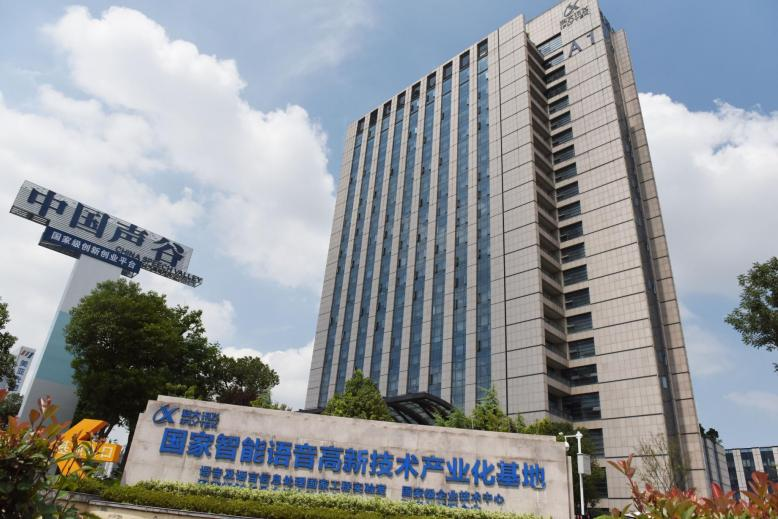
Moreover, in sectors such as smart cities, industry, and finance, iFLYTEK has gradually broken down application barriers through the "1+N model," forming a balanced revenue structure (with proportions of 26%, 42%, and 32% for G, B, and C ends, respectively) that develops evenly across government, business, and consumer ends. By continuously advancing the "AI+" action, it drives industrial upgrading and reshapes core competitiveness.
This shift from "technological idealism" to "scenario-based cultivation" is not accidental. Looking back at the mobile internet era, the ecosystem divide between China and the United States was already apparent: while the United States dominated operating systems, underlying protocols, and standard-setting, China relied on super apps like Douyin and WeChat to become global user platforms, tangibly changing lives, industries, and economies.
Now, in the AI era, Chinese enterprises have once again chosen to leverage applications to drive the market and scenarios to nurture technology, embarking on a path that resonates with national development needs and industrial transformation.
03 Ignoring national strategies is doomed to fail in the long run
However, unlike the mobile internet era, today's Chinese AI is also actively building a native AI system and forging an AI innovation foundation.
For example, in computing power – the infrastructure supporting AI algorithm operation and data processing – the gap between China and the United States in dimensions such as computing power and algorithms is continuously narrowing. Ministry of Industry and Information Technology data shows that by the end of 2024, China's total computing power reached 280 EFLOPS, with intelligent computing power accounting for 32%, firmly ranking second globally.
Regardless of how it develops, autonomy, controllability, a trustworthy foundation, and security norms are the only paths to overcoming the "choking" dilemma and are the top priorities of China's AI strategy. This is the core of all AI policies issued in recent years and delineates a clear development framework for enterprises.

Currently, the ranks of enterprises adhering to independent innovation and full-stack AI autonomy are growing, with Huawei, Sugon, Cambricon, SMIC, and others being typical examples.
This also includes iFLYTEK – it is the first and currently the only technology company that has proposed building a full-stack, autonomously controllable large model ecosystem. To date, iFLYTEK's Spark large model remains the only domestically produced large model in China with full-stack autonomy and controllability from chips, computing power, algorithms to applications.
"Without our own computing power foundation and technological ecosystem, it's like building a skyscraper on someone else's foundation, which could collapse at any time," Liu Qingfeng once stated.
From a value perspective, the most challenging path of attack is also nurturing the enterprise ecosystem. Today, iFLYTEK's Spark large model has established leading capabilities in core areas such as translation, mathematics, and reasoning, maintaining a first-tier position in the AI industry.
Analysts believe that as the company's strategic focus and measures to improve operational quality continue to deepen, iFLYTEK's fundamental business health and operational health will further improve, giving it the ability to seize greater industrial opportunities. For instance, the Spark large model's dividends in sectors such as education, healthcare, and state-owned enterprises continue to be realized, and the developer ecosystem maintains a good momentum, with opportunities to gain new incremental space in the overseas expansion of domestically produced large models along with the "Belt and Road" initiative.
These all prove that China's effective development of AI not only meets national needs but also aligns with the long-term development interests of AI enterprises. In the future, China's AI strategy will continue to leverage the advantages of government leadership and industrial collaboration to further propel the development of the AI industry.

For enterprises, the path of bottom-up growth and deep integration with social governance represents the most genuine and sustainable trajectory for China's AI industry. This approach stands in stark contrast to Musk's business model, which adheres to the traditional Silicon Valley paradigm of "technological innovation – commercial application – market monopoly," fueled solely by market forces and technological dominance.
While it remains uncertain which of these two models is superior, one thing is clear: under any model, enterprises that disregard national strategies are destined for long-term failure.
Conclusion:
The essence of AI transcends mere technology. It encompasses autonomy, security, order, and the power to shape the future world.
The global AI competition has ventured into uncharted waters. It bears repeating that relying solely on technological idealism or a commercial spirit of adventure is no longer sufficient to address the multifaceted challenges posed by geopolitics, ethical norms, and social governance. What Musk may need to learn is the importance of "AI and national strategy," recognizing that national needs are as crucial as technological innovation.
"One who fails to plan for the whole cannot properly plan for any part." The ascendancy of Chinese AI enterprises is not merely a technological race; it is also a strategic contest at the highest level.
Perhaps, this is the profound meaning behind Liu Qingfeng's statement. While this path may hinder the emergence of "disruptive innovations," it ensures the sustainable development of AI technology within a safe and controllable framework. In the intricate game of global AI competition, sometimes, "slow and steady wins the race."
END





